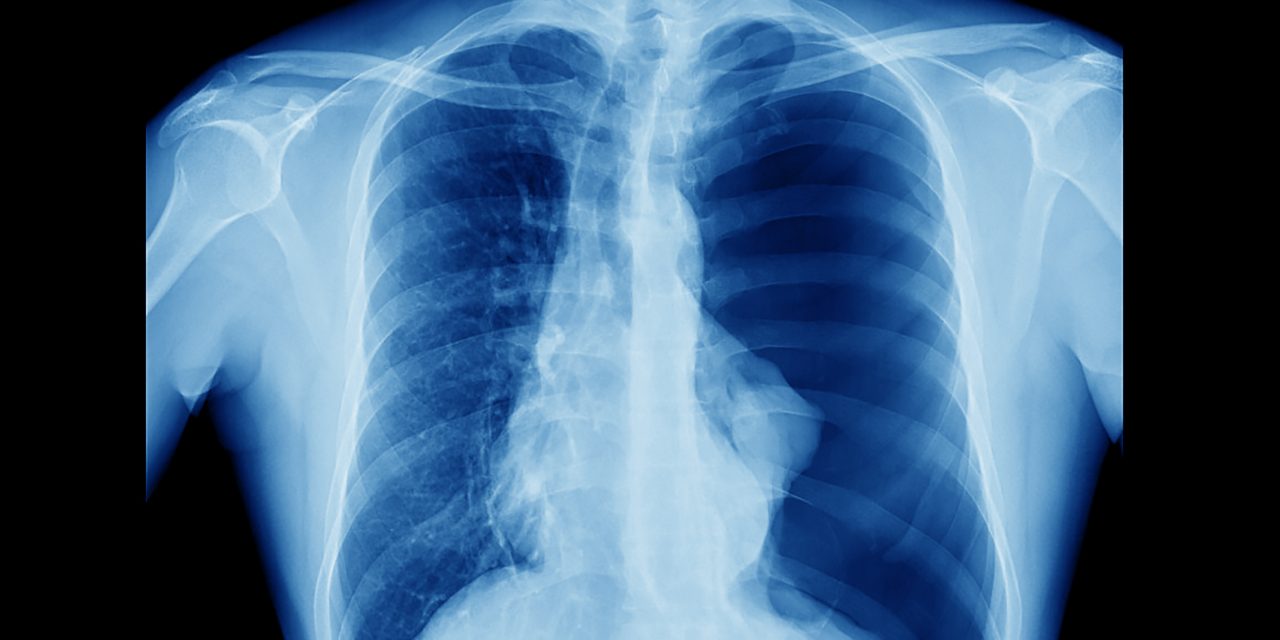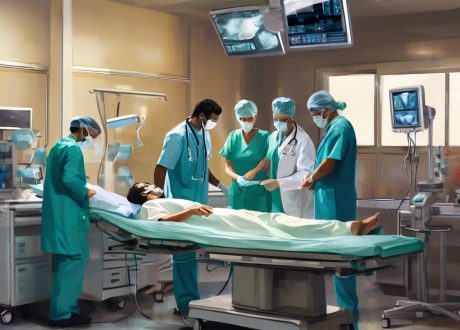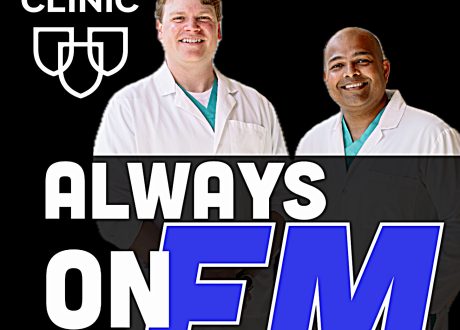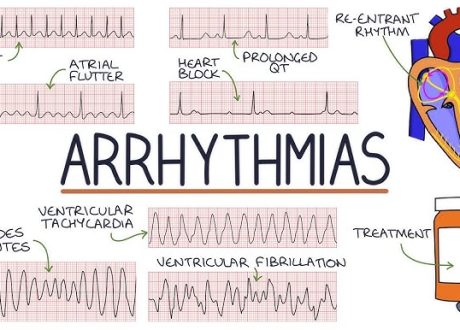
Date: July 29th, 2021
Reference: Azizi et al. Optimal anatomical location for needle decompression for tension pneumothorax: A multicenter prospective cohort study. Injury 2021
Guest Skeptic: Dr. Robert Edmonds is an emergency physician in the Air Force in Ohio. This is Bob’s 14th episode cohosting the SGEM.
DISCLAIMER: THE VIEWS AND OPINIONS OF THIS PODCAST DO NOT REPRESENT THE UNITED STATES GOVERNMENT OR THE US AIR FORCE.
Case: You are driving home from a busy shift and see a car collision occur right in front of you. The driver is a restrained self-extricated male who lost control of his vehicle into a light post and the vehicle’s airbags deployed. After safely pulling over and having a bystander call 911, you evaluate the patient. He is speaking in full sentences without confusion, has a strong, rapid pulse, significant pain in his chest and is having a very hard time breathing. As you wait for EMS to arrive, you quickly dash back to your car to retrieve your stethoscope and an angiocatheter you have in your glovebox. You notice a marked difference between breath sounds on the left side and decide the patient needs treatment for a tension pneumothorax. After obtaining consent from the patient, you debate whether to decompress at the second intercostal space in the midclavicular line as you originally learned, or in the fourth/fifth intercostal space midaxillary line as per the current ATLS guidelines.
Background: The latest ATLS guidelines were published in 2018. We covered them on the SGEM Xtra with Dr. Neil Parry. There were several changes to the new guidelines but one of them was changing the location for needled decompression for adult patients.
Needle thoracostomy is subject to several complications compared to a tube thoracostomy primarily due to the shorter length of the needle as well as the smaller lumen, so site selection has focused on finding a short distance and a site unlikely to kink or get dislodged.

Dr. Richard Malthaner
We have covered chest tube thorocostomy a couple of times on the SGEM with Dr. Richard (Thoracic) Malthaner. SGEM#129 looked at where to put the chest tube on trauma patients and if a post-procedure chest Xray (CXR) was required. The conclusion from that episode was to put the tube on the correct side, within the triangle of safety, and within the pleural space. Continue to obtain a CXR post chest tube knowing it will probably not change management. Be more concerned if the patient is doing poorly or the tube is not draining.
The other episode on chest tubes was SGEM#300. The clinical question was does everyone with a large first-time spontaneous pneumothorax need a chest tube? The answer from that episode was It is reasonable to provide conservative management (no chest tube) in a patient with large first-time spontaneous pneumothoraxes if you can ensure close follow-up.
The changes in the ATLS guidelines were based in part on a small study (n=20) utilizing cadavers [1]. There were also studies using CT scans showing a preference for the fourth/fifth ICS AAL [2,3]. These studies were limited by heterogeneity (I2 83%-98%), possible publication bias, and not being randomized trials.
These authors are adding to the literature by utilizing ultrasound on live patients. This could reduce some of the potential confounders in prior studies that were exclusively cadavers which may have differences in CWT due to post-mortem changes.
The previous studies also focused on homogenous populations like military members and are therefore less generalizable to the general population. Additionally, by using ultrasound instead of CT, some of the confounders from arm placement during CT were reduced.
CLINICAL QUESTION: IS THE CHEST WALL THICKNESS AT THE SECOND INTERCOSTAL SPACE IN THE MIDCLAVICULAR LINE NOT THICKER THAN THE FOURTH/FIFTH INTERCOSTAL SPACE ANTERIOR AXILLARY LINE?
Reference: Azizi et al. Optimal anatomical location for needle decompression for tension pneumothorax: A multicenter prospective cohort study. Injury 2021
Population: A convenience sample of all adults presenting to one of the eight participating hospitals over a two-week period. (June 11-23, 2019)
Excluded: Patients with pre-existing thoracic deformities, patients who were seriously ill requiring continuous urgent care, and patients who were unable to provide consent
Intervention: Chest wall thickness at the second intercostal space in the midclavicular line
Comparison: Chest wall thickness at the fourth/fifth intercostal space anterior axillary line
Outcome:
Primary Outcome: Median CWT in ICS2-MCL and ICS 4/5 AAL
Secondary Outcomes: BMI 25-30 CWT, BMI 30+ CWT, hypothetical failure rates of needle decompression
Authors’ Conclusions: “In overweight- and obese subjects, the chest wall is thicker in ICS 4/5-AAL than in ICS2-MCL and theoretical chances of successful needle decompression of a tension pneumothorax are significantly higher in ICS2-MCL compared to ICS 4/5-AAL.”










